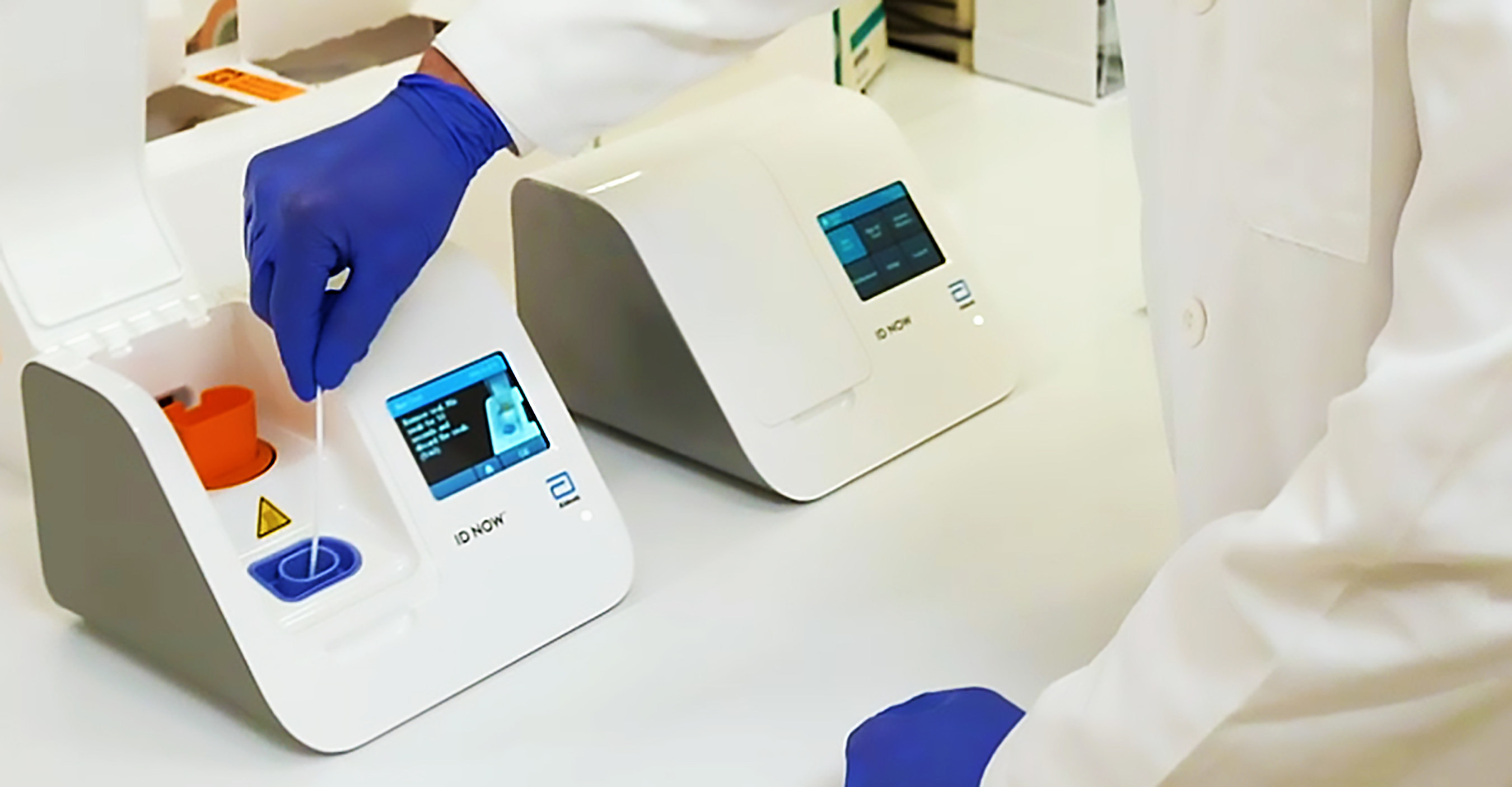Lateral Flow Test for Mycotoxins (Aflatoxin) in Feed
The lateral flow test for mycotoxins, specifically Aflatoxin B1, is a rapid and reliable method used to screen feed samples. This non-invasive tool provides quick results that help prevent the introduction of harmful contaminants into animal feed, ensuring food safety and maintaining animal health.
Aflatoxins are toxic secondary metabolites produced by certain molds like Aspergillus flavus and Aspergillus parasiticus. These toxins can contaminate crops such as corn, peanuts, and cottonseed during growth or storage. Exposure to high levels of Aflatoxins poses significant risks to both animal health and human health through the consumption of contaminated food products.
The lateral flow test is particularly advantageous for quality managers, compliance officers, R&D engineers, and procurement teams working in the clinical & healthcare sector as it offers a cost-effective way to monitor feed safety. It allows for early detection of contamination before it reaches commercial production stages or livestock.
The testing process involves collecting an aliquot from suspect feed samples, diluting them with buffer solution if required, then applying this diluted sample onto the test strip. After incubation time specified in the manufacturer’s protocol, results can be visually read within minutes. The color change indicates whether Aflatoxin B1 is present above a certain threshold level.
Compliance officers will find this technology invaluable for ensuring adherence to international standards such as ISO 21789:2015 which specifies methods for the detection of aflatoxins in animal feed. This standard provides guidance on sample preparation, testing procedures, and interpretation of results using lateral flow immunoassay kits.
For R&D engineers involved in developing new formulations or improving existing ones within the healthcare industry, employing these rapid diagnostic tests can accelerate research by providing timely feedback on potential issues arising from ingredient sourcing. Similarly, procurement specialists benefit greatly from utilizing this technology during supplier audits since it enables them to swiftly assess delivered goods without lengthy laboratory analyses.
The simplicity of operation combined with its affordability makes lateral flow assays particularly suitable for field applications where immediate decisions need to be made regarding the suitability of a particular batch of feed. In summary, integrating this method into routine practice enhances operational efficiency while mitigating risks associated with mycotoxin exposure.
Why It Matters
Rapid identification and control of mycotoxins like Aflatoxin B1 are crucial for maintaining optimal feed quality and animal performance. When mycotoxins enter the food chain, they pose serious health hazards to both animals and humans consuming products derived from these animals.
- Animal Health: Prolonged exposure to low levels of Aflatoxin B1 can lead to reduced feed efficiency, increased susceptibility to diseases, liver damage, and even death in severe cases.
- Human Health: Consumption of contaminated animal products increases the risk of developing various illnesses including cancer. Therefore, preventing the entry of such toxins into livestock feed is paramount.
- Economic Impact: Contamination events can result in substantial financial losses due to decreased productivity, increased veterinary costs, and potential recall or disposal expenses.
The lateral flow test serves as an effective screening tool that enables swift intervention when contamination is detected. By implementing this technology early in the supply chain, businesses can avoid costly recalls and maintain their reputation for producing safe, high-quality products.
Environmental and Sustainability Contributions
Rapid diagnostic tests for mycotoxins play a vital role in promoting sustainable agricultural practices by helping to minimize environmental impact. By identifying contaminated feed early on, farmers can avoid using potentially harmful substances such as mold inhibitors which may have adverse effects on soil quality or water systems if improperly handled.
Moreover, accurate monitoring ensures that only clean batches are processed further into the production cycle, reducing waste generation and promoting efficient resource utilization throughout the supply chain. This translates to lower energy consumption during processing stages and reduced greenhouse gas emissions associated with transportation of contaminated materials.
The use of this technology also supports responsible sourcing strategies by encouraging suppliers to adopt better practices in crop cultivation and storage methods aimed at preventing mycotoxin formation. In turn, these initiatives contribute positively towards global efforts aimed at achieving sustainable development goals related to food security and environmental protection.
Use Cases and Application Examples
- Feed Mill Quality Control: Feed mills regularly use lateral flow tests as part of their quality assurance program to ensure that incoming raw materials meet specified safety standards before being incorporated into finished products.
- Ranching Operations: Ranchers may employ these tests during routine inspections to verify the integrity of purchased feed batches and protect their herds from potential health risks posed by contaminated feeds.
- Food Manufacturing: Food manufacturers who rely on animal products as ingredients might utilize this technology to screen incoming raw materials used in production lines, thereby guaranteeing end-product safety.
- Regulatory Compliance: Regulatory agencies responsible for enforcing food safety regulations often require laboratories accredited by organizations like AOAC International or USDA to conduct proficiency testing using lateral flow assays on behalf of industry participants.
In addition to these practical applications, ongoing advancements in biotechnology continue to enhance the sensitivity and specificity of these tests. For instance, newer generations incorporate nanoparticle-based conjugates that offer improved detection limits compared to conventional methods. Such improvements contribute further towards enhancing overall food safety standards worldwide.





